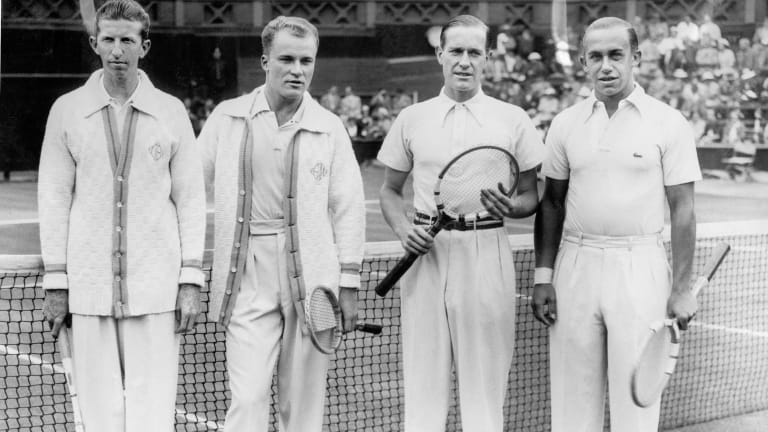The saying goes that champions adjust. So how does that premise apply to championship venues? Consider the tale of the All England Club and how it changed during World War II. As the war began in 1939, tennis’ most iconic venue fully transformed itself. The tournament was suspended for the duration. Parking lots were converted into farmland to grow vegetables and house rabbits, ducks, pigs, chicken and geese. Buildings housed the Red Cross, Civil Defense services and other war-related organizations. Military regiments paraded across the grounds.
Across the English Channel, the German government might well have held memories of a frustrating moment that happened at Wimbledon. In July 1937, on Wimbledon’s Centre Court, Germany’s greatest player, Gottfried von Cramm, lost a pivotal Davis Cup match to American Don Budge. Had Von Cramm won, Germany likely would have become only the fifth nation to win tennis’ premier team competition, the Nazi swastika flying high across the tennis world.
